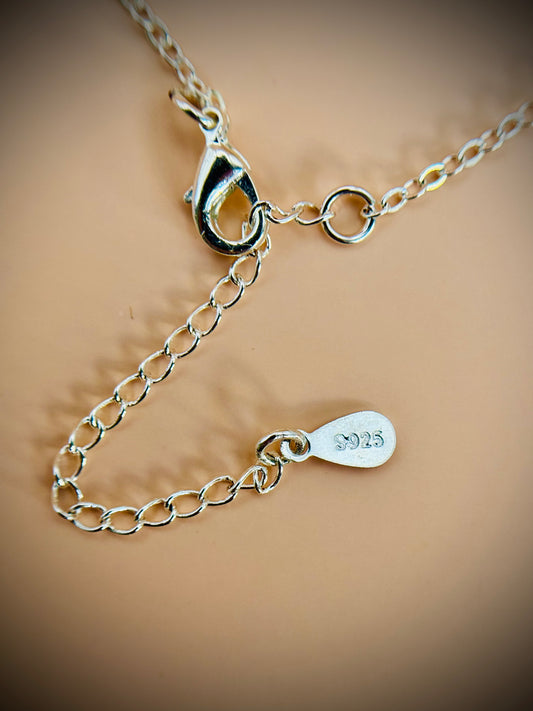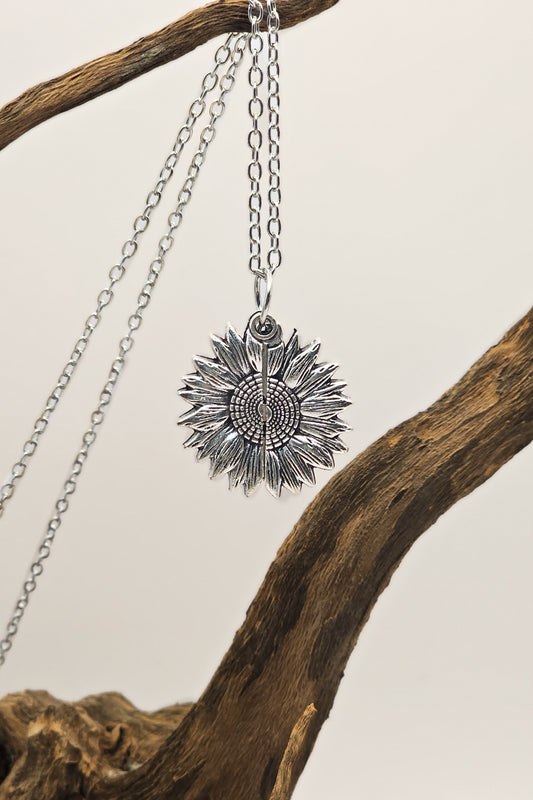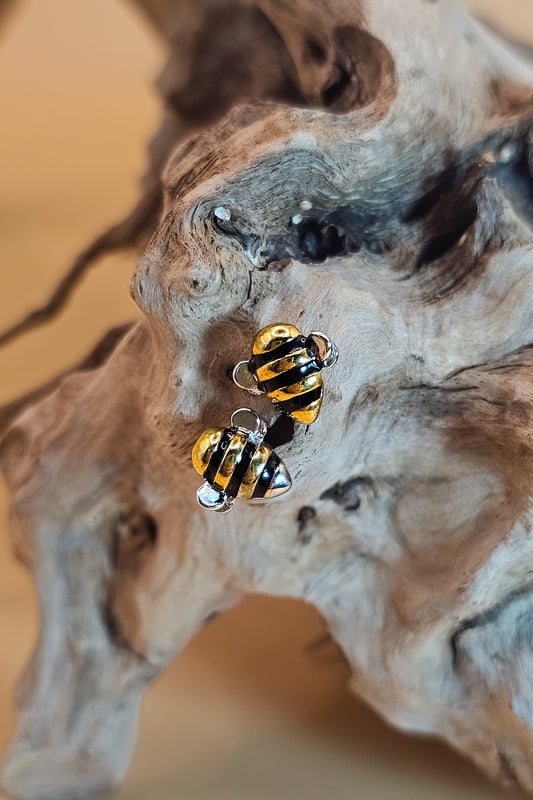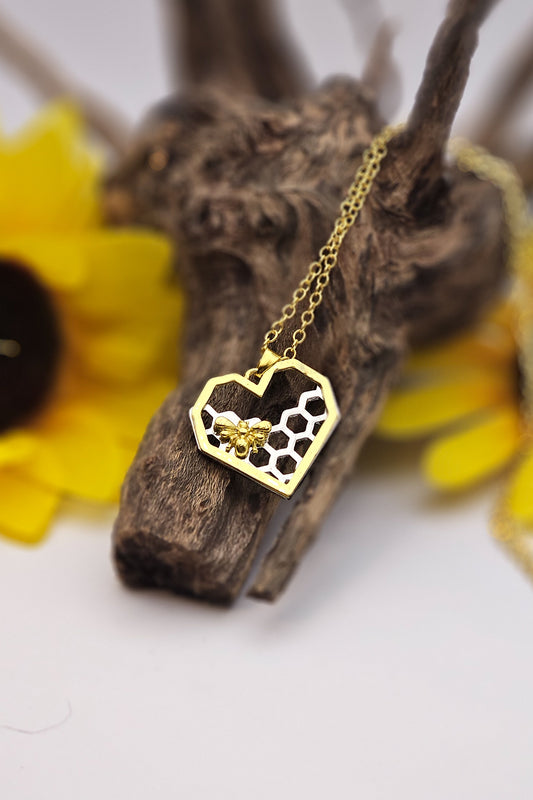Honey is one of the most enduring and safest foods in the world. There is no need for refrigeration or expiration dates but in the modern world such dates are added to honey containers anyway. Bacteria gets smothered in the honey environment, so it cannot take hold.
Ancient honey has been found on archaeological digs. It was still edible. In 2012, near Tbilisi in the Republic of Georgia, ceramic jars were found with the world’s oldest honey. The 5,500-year-old honey was discovered in the tomb of a noblewoman. We blogged about it here. Then 3,000-year-old honey was identified in honey pots in the tomb of King Tut of Egypt. That honey was to accompany him to the afterlife.
Such ancient honey was severely crystallized and dried out. This is the power of honey and makes it inhospitable for bacteria or other pathogens to thrive.
Nowadays, we expect honey to be silky and smooth. Some people think that grainy, clumpy, or hard honey has gone off. They may go so far as to throw it out in case it is dangerous to consume.
What is honey? It is roughly 80% sugar and 20% water and holds enzymes and minerals. Depending on which flowers the nectar came from, the composition varies. There is a lack of water in honey (it is low in moisture) along with a touch of hydrogen peroxide. It is quite acidic, with a pH at roughly 3 to 4.5. All this makes it like a magical food of the gods, as many factors align to make it immortal.
This 3:00-minute video by Shared Legacy Farms looks at how to turn crystallized honey into liquid honey again:
There can be pollen grains in the natural honey. These grains are so tiny, that they flow through the sieve during processing. Industrial honey rarely has such components. They are filtered out before it reaches the supermarket.
Liquid honey, with its luscious taste, produces crystals from its own sugars (glucose and fructose) while it is in the process of crystallization. Glucose crystallizes, which changes the consistency of the honey. Honey’s sugars are hygroscopic, so they take in moisture from the air. Over time, the molecules form lattices by cross-linking. Pollen grains or small air bubbles in the honey can act as the starting point nuclei for crystallization. There can be various degrees of firmness. Some may stiffen, and other kinds remain liquid, with coarse crystals flowing inside.
It is good to know that if you buy honey from a beekeeper and don’t consume it right away, it will crystallize over time. How much so depends on the percentage of glucose in the honey composition.
Rapeseed honey forms crystals within days compared to acacia honey which can stay clear and fluidic for up to 3 years. Some honeys stay soft due to low glucose levels, like forest honey, dandelion honey, fruit blossom honey, spring honey.
To prevent crystallization, stir the honey before placing it in jars so molecule edges soften, and coarse crystals won't form.
For honey that is already crystallized or old honey that is hard and deeply crystallized, use heat to make it soft and creamy again. Do not overheat it or you will kill off the nutrients like amino acids, enzymes, and vitamins. Do not microwave it! This boils the honey and creates a huge mess.
Ideally, let it warm up over a period of several hours at around 30-35C degrees. Place it on a radiator, in a bain-marie, or even on a sunny warm windowsill. Bee patient! Think of how long it took the bees to gather it all for your delightful consumption. Alternatively, put it in the oven at 50C degrees for a short time and stir it regularly with a spoon. Patience rewards you with the sweetest treat. Revitalized honey.








